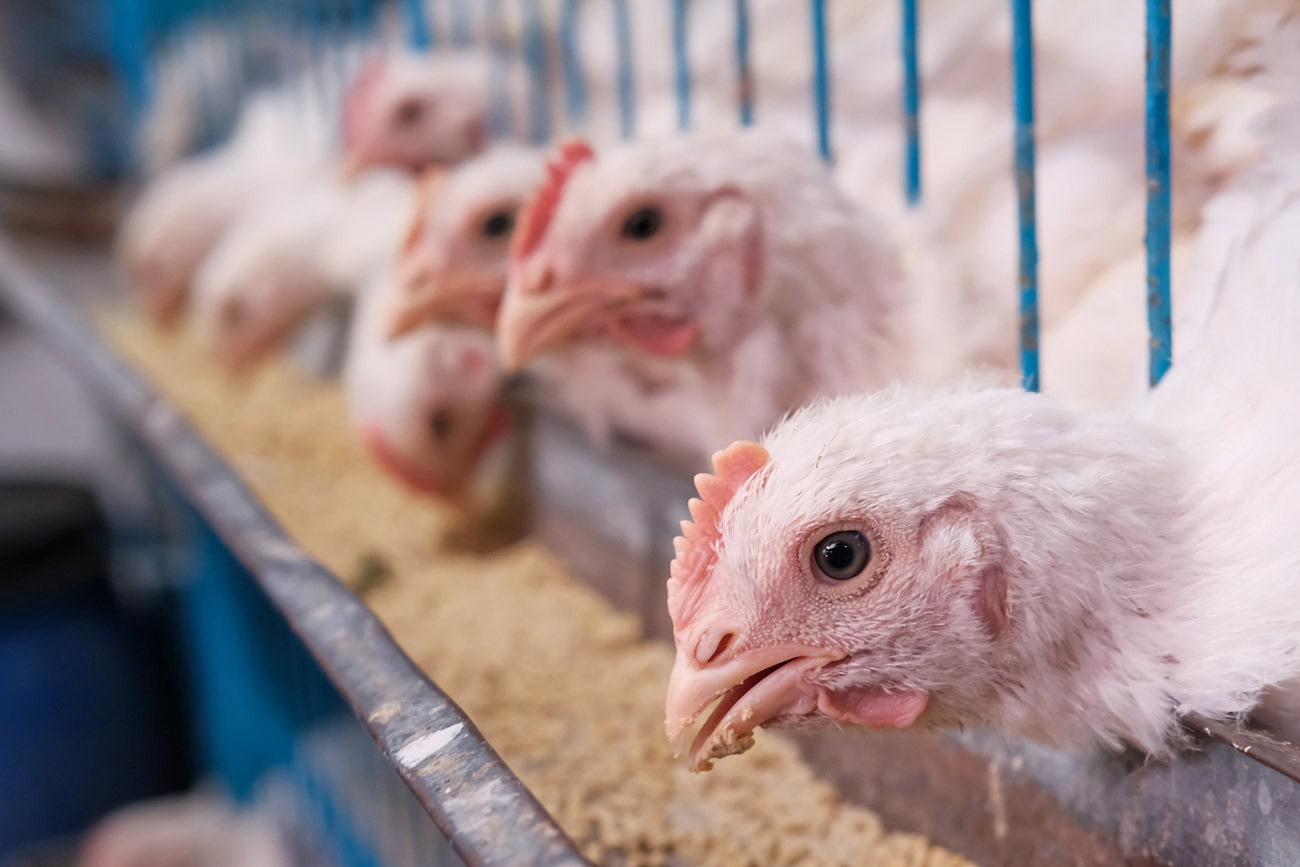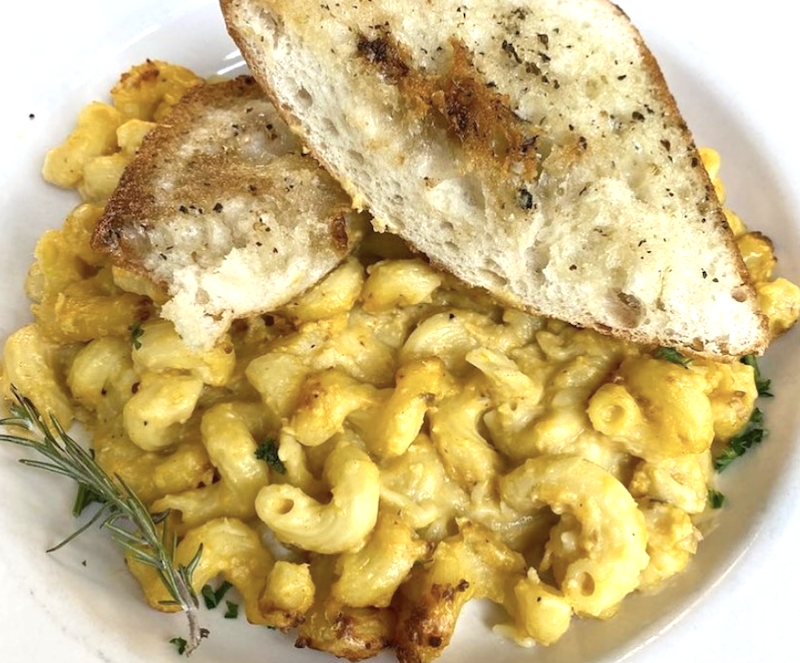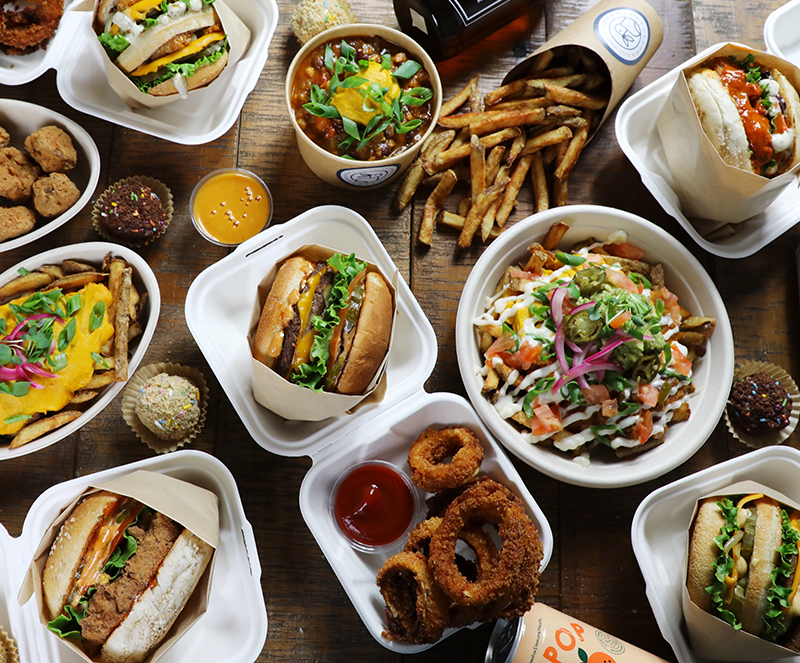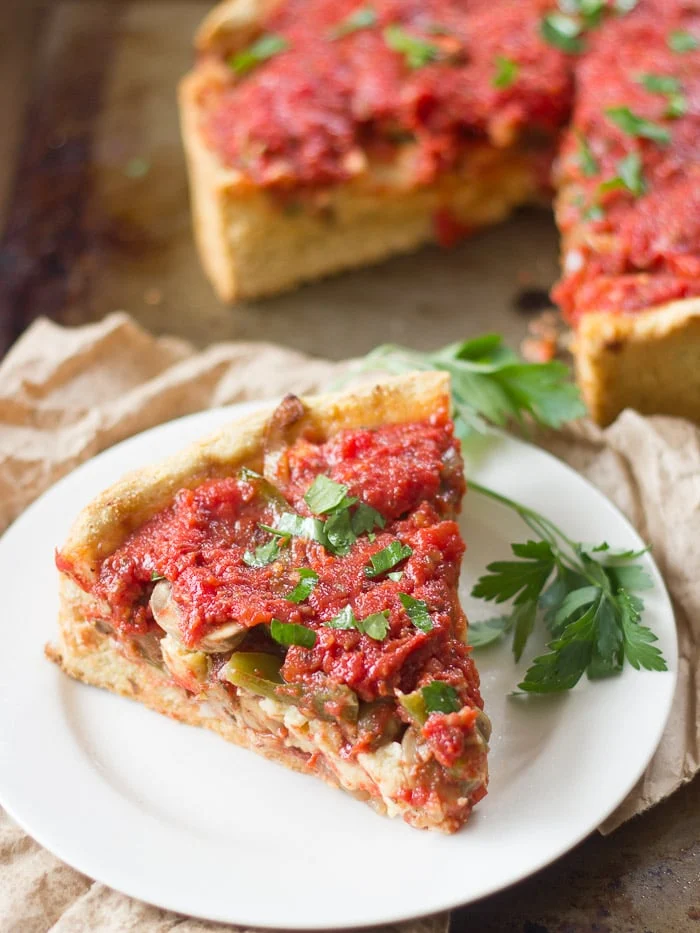The latest highly pathogenic avian influenza (H5N1)—otherwise known as bird flu—outbreak among wild and farmed birds requires an unprecedented coordinated response, according to a new study that was published in the journal Conservation Biology. But should we consider alternatives instead?
H5N1 has been spreading across the United States and making headlines as the price of eggs began soaring earlier this year and fears of the next zoonotic pandemic crept into popular media.
The University of Maryland research team that authored the study is tracking the arrival and spread of the deadly virus and found that the impact on wild birds and a shift from seasonal to year-round infections signal dangerous changes in avian influenza in the US. The team also suggests that H5N1 will likely become endemic, potentially posing risks to food security and the economy.
“We’ve been dealing with low pathogenic avian influenza for decades in the poultry industry, but this is different,” Jennifer Mullinax, assistant professor in the Department of Environmental Science and Technology and a co-author of the study, said in a statement.
World Animal Protection
“This high pathogenic virus is wiping out everything in numbers that we’ve never seen before,” Mullinax said.
Mullinax points out that this is an urgent matter that cannot continue being swept under the rug within the animal agriculture sector. “This paper illustrates how unprecedented it is, and describes what we think is coming,” Mullinax said.
“It’s really a call to arms saying, we can’t afford to address this from our individual silos,” she said. “Federal agencies, state agencies, the agriculture sector and wildlife management—we are all going to have to deal with this together, because we can’t afford not to.”
Table of Contents
How bird flu affects farmed animals
The team’s conclusions are based on an analysis of five different data sources that provide information on the incidence of highly pathogenic avian influenza in wild birds and chicken farming focusing on the US and Canada as well as a global database from 2014 through early 2023.
The data shows the progression of highly pathogenic H5N1 bird flu as it spread from Eurasia to the US, where it was first documented in late 2021. By October 2022, the disease had resulted in 31 reported wild bird mass mortalities, accounting for an estimated 33,504 wild bird detections in the US and Canada. In addition, more than 58 million farmed chickens were infected or had to be culled to limit the spread of infection in the US and 7 million in Canada.
 Pexels
Pexels
Similarly, in 2015, an outbreak of highly pathogenic H5N8 in the US led to the culling of 50 million farmed chickens.
But H5N1 poses new challenges because it is affecting wild birds, making it harder to contain.
“Unlike H5N8, this disease is heavily impacting wild birds,” Johanna Harvey, a postdoctoral researcher at UMD and lead author of the study, said in a statement. “It’s difficult to estimate how many birds are truly affected across wild populations, but we’re seeing dramatic disease impacts in raptors, sea birds, and colonial nesting birds. And we now have the highest amount of poultry loss to avian influenza, so this is a worst-case scenario.”
The data also reveals a shift from a seasonal to a year-round disease. Previous outbreaks of avian influenza—whether low pathogenic virus that is endemic in the US or highly pathogenic H5N8 in 2015—typically occurred in the fall. With the seasonal occurrences, animal farmers would prepare for it by culling flocks of farmed chickens to halt the spread of disease, and have nearly a full year to “recover losses.”
 Getty
Getty
But, according to the study, this new virus appears sustained throughout the year, with summertime disease detections in wild birds and farmed chicken outbreaks occurring in both the spring and fall.
The paper outlines examples of potential triggers for action, identifying the relevant decision-makers required to coordinate a response and some of the challenges that may arise. The researchers hope their work will bring key players to the table to consider the next steps.
Are vegan eggs the solution?
One of those next steps could be finding alternatives to farming chickens altogether. In recent years, a number of startups have been working on solutions to the deadly problems that come with chicken farming. From liquid vegan eggs that can be scrambled to whole poached eggs, the innovation in this category is improving quickly.
Vegan brand Eat Just was one of the first to enter the space with its pourable, mung bean-based Just Egg, which can be scrambled and used in dishes such as quiches. Startups such as WunderEgg, made by Crafty Counter, have successfully replicated a hard-boiled egg.
 Yo! Egg
Yo! Egg
And then there’s Yo! Egg, which is now working on the vegan poached egg—complete with a runny yolk.
All of these brands are working towards a future where eggs can be enjoyed without harm and without the volatility of the animal farming industry.
“At Yo Egg, we believe hens are no longer necessary in the egg manufacturing process,” Eran Groner, the co-founder and CEO of Yo Egg, previously told VegNews.







